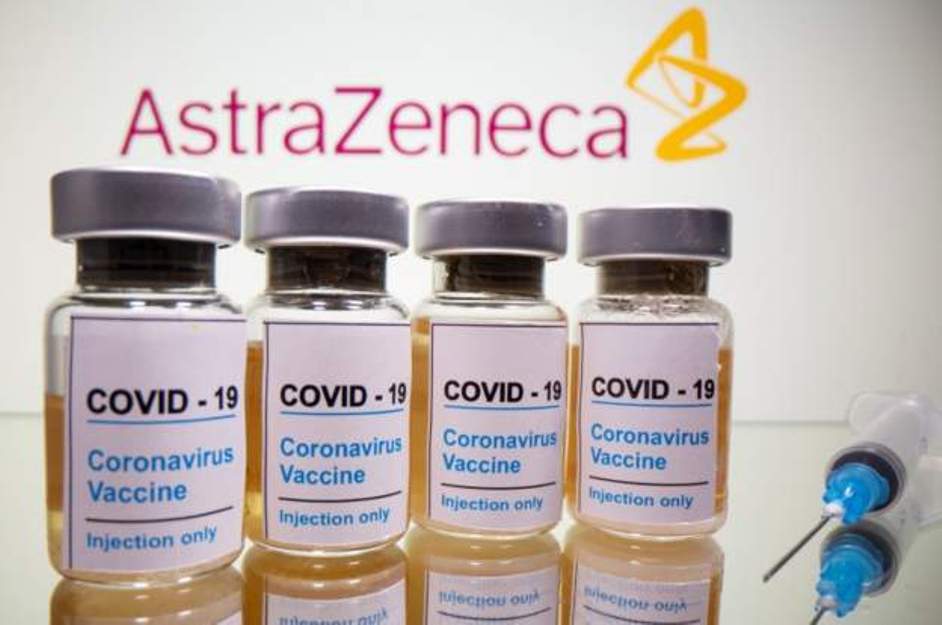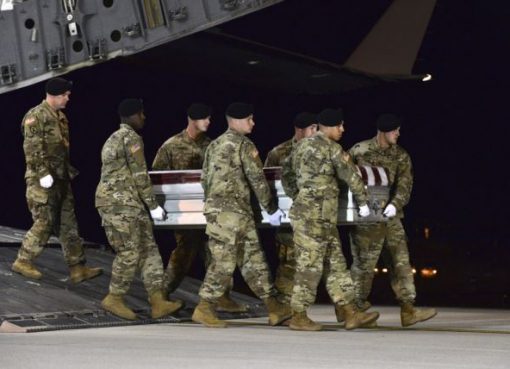Over 600,00 teachers and health workers have not yet gotten their first dose of the COVID-19 vaccine.
Teachers and health workers were among the top prioritised groups that the first consignment of AstraZeneca COVID-19 vaccines was meant to protect. The health ministry targeted to vaccinate 550,000 teachers and 150,000 health workers. Other groups that were targeted were security officers, people with co-morbidities and persons aged 50 and above.
However, as at May 18, 2021, only 82,746 teachers and health workers had received one dose of the vaccine. According to the health ministry, 249,546 people in the priority groups have received one dose of the vaccine. The breakdown of the vaccinated groups shows that security personnel have the highest vaccination numbers at 115,800 followed by people aged 50 and above at over 51,000.
When asked why uptake of the vaccine has been low, the programme manager of the Uganda National Expanded Programme on Immunization, Dr Alfred Driwale attributed the figures to a number of challenges they have faced while implementing the vaccination campaign.
According to Driwale, given the country’s previous history of vaccinating as many as 18 million children in four days during the Measles and Rubella mass vaccination campaign in 2018, they expected to spend at most three weeks carrying out COVID-19 vaccination during the first phase.
However, he says mistrust of the vaccine, misinformation, and a poorly launched vaccination campaign have helped defeat the purpose of vaccination.
In addition to this, he says the novelty of the vaccines does not help the situation.
“Poor uptake is not surprising; these vaccines are new and little is known about them. They are not like measles or polio vaccines that have been used for years and are time tested,” he said.
Another challenge that Dr Driwale highlights is the poor training of health workers.
While all the above have played a hand in the low uptake of the vaccine, a source from the health ministry who preferred to remain anonymous says existing confusion in the rollout of the vaccination plan is to blame.
“Before we began vaccination, a number of meetings were held and a plan was developed,” the source said. “However that plan keeps on changing. The plan changing is not a bad thing if it is informed by what is on ground but in our case, at times it feels like some officials go home, dream about something and come back to change the plan, which does not help much in the end.”
Prior to the delivery of vaccines of the first donation of vaccines from the COVAX facility, according to the country’s vaccination plan, each consignment of vaccines that arrived into the country would be used to fully vaccinate certain groups.
For instance, the first 864,000 vaccines that were donated by the COVAX facility would vaccinate 432,000 people fully. The second donation from India of 100,000 vaccines would similarly vaccinate 50,000 people 4-8 weeks apart.
According to the roll out plan, five nurses were trained per district to carry out the vaccination. The nurses would be deployed at Health Center IIIs and IVs. People who belonged to the stated categories would go to the health centre, provide proof that they were Ugandans and get the jab. After getting the jab, the people would then get a vaccination card that would inform them when they should get their second dose.
However, the moment the vaccines arrived in the country, the plan began changing. Upon their arrival, the health ministry following a recommendation from the World Health Organisation, (WHO) decided to use the available vaccine stocks to vaccinate an equivalent number of people.
Each person was to get one dose of the vaccine and wait for the second COVAX consignment of over 2.3 million vaccines that was expected to arrive in between April and June.
The government was also expecting to get some vaccine donations. According to Driwale, the donated vaccines were to be used to vaccinate as many people in the high-risk groups as the government procured more than 18 million vaccines from the COVAX facility and the Serum Institute of India.
Dr Driwale says the decision was made to protect as many people as possible.
“Instead of giving two vaccines and vaccinating a small number of people, we thought vaccinating a bigger number of people with one vaccine would be better since another consignment from COVAX was expected in May,” he said.
While the change meant many people would get the vaccine, it also meant that more vaccines would have to be transported to health centres than was previously planned for. As a result, due to logistical challenges, some district began vaccination a week later after it was launched.
In addition to this, supplies such as vaccination cards were not enough and people who got the jab had no proof of doing so. Elizabeth Mande, a 65-year-old resident of Kisasi is one of such vaccine recipients. Over a month since she was vaccinated, she has never got her ministry of health issued card.
What Next…
The country’s vaccine stock is expected to expire in the first week of July. To date, 50 percent of the vaccine stocks have been used. However, with the low vaccination numbers being recorded, the health ministry has been forced to continually go back to the drawing boarding and find ways to popularize the vaccine.
One of the measures they have come up with is engaging cultural leaders. They have also decided to vaccinate people in different organisations who are willing to get the vaccine. As such, people who were not meant to get the vaccines early like legal officers, bank employees, truck drivers and also media personnel have gotten their first doses. These endeavours have made officials optimistic that the vaccines will all be used by the first week of July.
” In some places like Kampala, vaccination has picked up and every week 15,000 doses are consumed,” Driwale said. “Ordinary people that were never planned for have welcomed the vaccine.”
According to Driwale, if uptake of the vaccine increases, this will demonstrate the country’s ability to use future donations. As such, developed countries that have excess vaccines might donate more vaccines to Uganda, which will result in more people getting vaccinated since the country is likely not to be able to receive the vaccines it procured on its own.
Last week, the health ministry decided to start giving COVID-19 vaccine second doses despite earlier communications that showed those vaccinated would get their second jab when the next consignment of vaccines arrived.
After getting her second jab, the outgoing minister of health, Dr Jane Ruth Aceng said they had decided to start giving the second dose because evidence shows the vaccine is more effective when a second dose is received 8-12 weeks.
She however emphasized that persons who had not yet received the first dose should go and do so.
Whether it is an issue of following the science or using up available vaccine stocks so that the country can get other vaccines it’s not clear. However, to try and deal with AstraZeneca global vaccine shortages, the country is now looking at acquiring Johnson&Johnson and Sinopharm vaccines through the African Union.
-URN





